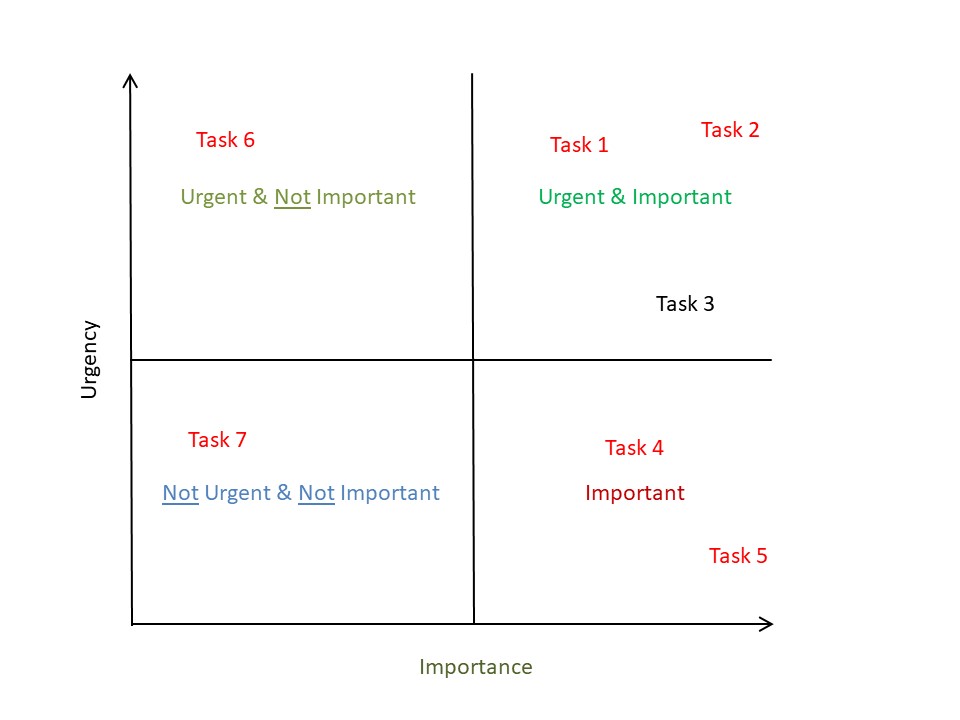Michael Gerber of “E-Myth” fame asserts that the vast majority of business owners start off as “technicians”. People who are very good at the technical nature of their profession – be they solicitors, accountants, motor mechanics or bakers.
Given this there is often an inclination to try and solve every problem themselves, regardless of the value to the business.
It’s something we see time and time again with many of our clients when we start working with them.
They spend their time fighting fires, handling urgent (and often unimportant) tasks rather than focusing on what brings in the money. In short, they can’t see the forest for the trees.
So the number one priority is to take a helicopter view which allows us to see the lay of the land. Assessing it from above allows us to consider the terrain and challenges in the way of achieving their vision.
List everything and then separate the tasks into the following four categories:
- Urgent & Important
- Important
- Urgent & Not Important
- Not Urgent & Not Important
The grid below is a simple, but very effective tool to help you allocate where you spend your time, effort and resources necessary to achieve your goals.

Plot each task in the appropriate square. Importance equates to the level of impact this has on your business.
Do the urgent and important tasks first. Then the important (usually strategic, long term business building activities). Delegate the urgent and not important and frankly forget about the not urgent and not important.
Be ruthless.
If it’s important enough, it’ll rear its head again.
Secondly, determine who should be doing these tasks. Are they a best use of your time and expertise? Or could they be delegated either internally or externally (i.e. Bookkeeping)
Conceptually, every business has the metaphorical equivalent of $10,000/hour work, $1,000/hour work and $100/hour and $10/hour work.
For example, $10,000/hour work is working on the business and being strategic. Thinking time that’s spent which will massively leverage your long term results.
$1,000/hour work could be implementing marketing, sales and delivery systems which provide leverage.
However many small business owners spend their time on $10/hour (or less) work and only a small proportion on $100/hour work (selling, delivery etc.).
Now I’m not devaluing the $10/hour work. It does need to get done. But by whom?
Are you the best person to do it or could your time be better spent doing $100/hour or $1000/hour work or $10,000/hour work (which only you can do)?
Once you’ve decided, schedule the tasks on your calendar and monitor your progress.
As you go forward revisit your main priorities at least every three months and re-evaluate. Individual priorities and tasks may change, so be flexible, but don’t lose sight of the big picture.
